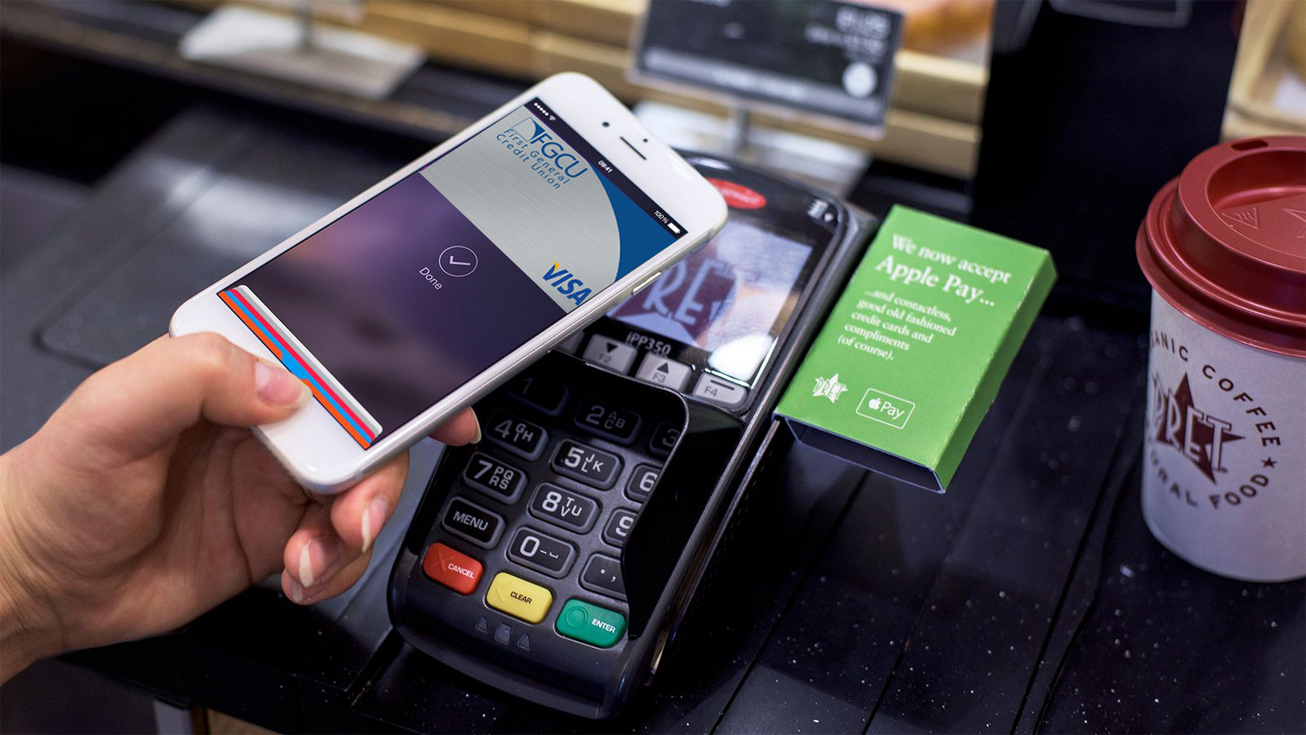Hi, I’m Adil Wali. I became a Microsoft certified professional at age 14 and started my first web development company. That led to a career as a serial entrepreneur, advisor, and startup investor. I got my first “real job” at 33, and I’m now a FinTech executive with a passion for the markets.

So I have made my feelings regarding functional specs pretty clear already. It’s clear to me, and a lot of other folks, that prototyping can be a very powerful way to capture requirements. What I have been thinking more about lately is, “What is the best way to do that?”
While there probably is no single right answer to that question, I have been learning a lot so far. Here’s where I’m at.
First, some perspective
In rapid prototyping, interactive prototypes are developed that can be quickly changed according to the feedback received from colleagues, stakeholders or users as they work with the prototype to accomplish specific tasks.
Although prototyping for manufacturing and for hardware may be different, rapid prototyping as used within software engineering is closely associated with the user interface.
Rapid prototyping is about starting from the user interface and customer experience and then building ‘down’ from there. (I think of ‘down’ as the direction we go when we code.) The more traditional process of starting from the abstract (specs, charts, documentation, etc.), coding a skeleton app, and then applying a user interface just seems counter-intuitive.
With rapid prototyping, the interface becomes a “living requirements document” and provides a way of identifying usability issues at the outset. Unlike ‘fossilized’ product documents, prototypes provide a clear picture of what’s supposed to happen, leaving nothing to mistaken impressions.
Todd Zaki Warfel, author of the book Prototyping: A Practitioner’s Guide points out:
Prototyping is a rapid, iterative process. It’s a process for exploring ideas, failing often, and learning quickly. If you’re focused on creating production-level code, you start to lose some of the value of rapid iteration…On the other hand, if you can produce reusable source code with very little or no additional effort, then your prototyping tool has the added value of [saving] development time.
Formative vs. summative approaches
There are two basic approaches to design testing (and thus prototyping):
- Formative – The formative approach is where a prototype is built, tested on users, and the results are fed into the next stage of development.
- Summative – The summative approach takes a different route, where testing is carried out only at the end of the process: when it’s usually too costly to make changes.
To me, the formative approach is the best way to go in a lean environment. Test early and test through various iterations to make the final product the best it can be.
As I’ve said before, while every single corner case need not be designed, the major use cases and features should be fleshed out and prototyped.
Various prototype flavors
There are several different types of prototypes including full, horizontal and vertical, high fidelity and low fidelity, chauffeured and Wizard of Oz prototypes.
- Full prototypes have complete functionality but usually at a lower performance level.
- Horizontal prototypes contain all of the high-level functionality but minor details may be left out.
- Vertical prototypes contain all of both the high-level and lower-level functions of a specific part of a system, concentrating on one area intensively.
- High Fidelity are typically performed through a medium such as video, where the prototype resembles the final system as closely as possible. They can be made to make the product appear complete and aesthetically pleasing, making them ideal for use when the public is included in the testing.
- Low fidelity prototypes are farther away from the final version with cut down functionality and tend to be cheaper and faster to develop.
- Chauffeured prototyping involves have the user watch someone (e.g., a member of the design team) navigate through the interface system without the user actually performing lower-level actions.
- Wizard of Oz prototyping is especially useful early on. Here the user is unaware that a developer is sitting at another screen answering queries and responding to the user. Being involved first-hand with users provides valuable insight into users and their needs.
- Evolutionary prototyping is considered by many to be the most involved form of prototyping. The initial prototype is constructed and then evaluated as it evolves continually into the final product. Here, the actual facilities resources where the final system will be implemented are often used.
Why high-fidelity, evolutionary prototyping appeals to me
The beauty of a high-fidelity prototype is that it provides users and stakeholders with a realistic sense of the user experience of the product, and, when well executed, leaves very little room for imagination.
High-fidelity, to me, means that the interface is clickable, but that the backend is not necessarily functional. In my mind, there are few (if any) better ways to communicate the needs to an engineer than to show them precisely how the application is supposed to behave. They can actually foresee some of the challenges ahead of them, be more thoughtful about the architecture and are likely to increase their velocity as well.
Some practitioners of rapid prototyping believe you should just throw out the prototype when you’re done with it. Evolutionary prototyping allows for reuse of many of the previous prototype iteration elements without waste.
High-fidelity, evolutionary prototyping makes a lot of sense in a lean environment. The prototype being tested leaves little to interpretation, the process is iterative, and successive testing molds the product into its final, most useful form. To me, it harmonizes well with the first of Toyota’s 6 simple Kanban rules: “Do not send defective products to the subsequent process.”
Conclusion
All of the methods of rapid prototyping have a lot of merit. If you are doing any type of rapid prototyping in the first place, you are a step ahead. That said, I am a very big fan of lean thinking. I really dislike waste. So the methods that are most interesting to me are the ones that involve ‘throwing away’ nothing. For us, that means building the prototype using Ruby on Rails, iterating on the user interface, and then eventually building the ‘plumbing’ beneath it after we have come to a 1.0 state of the interaction. That way, we are lean all the way up the fidelity curve, and our ‘spec’ actually gets baked into the final product.






